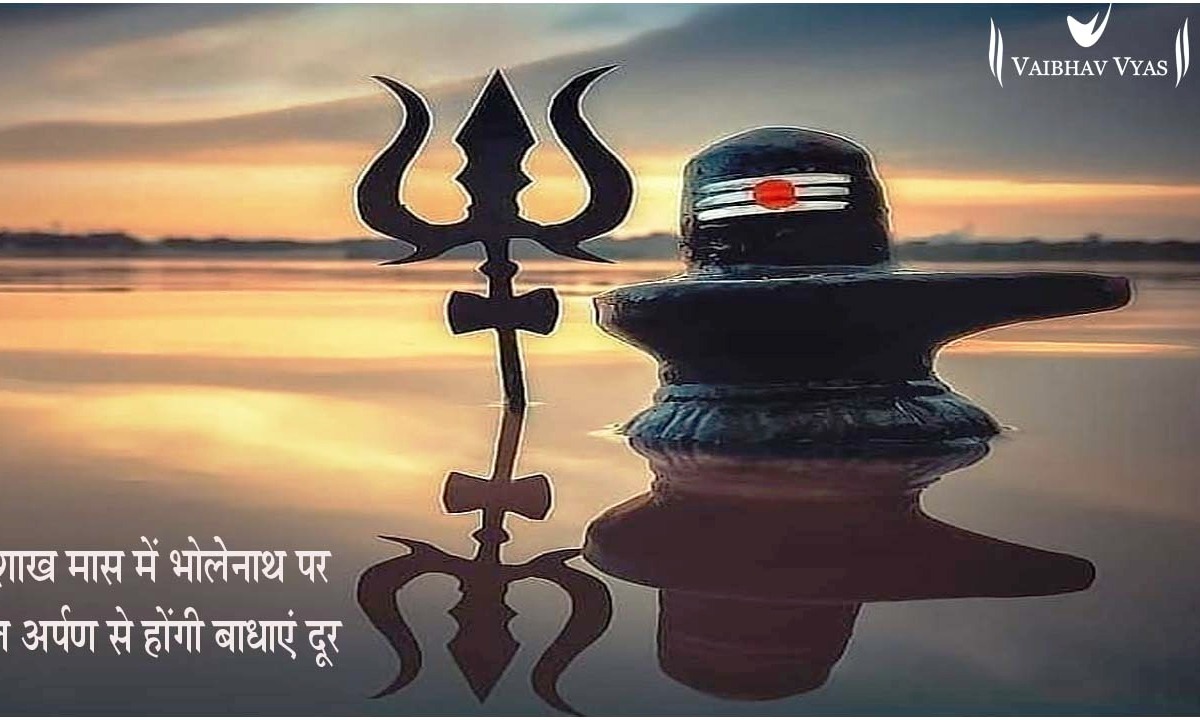Mahashivratri
Nov 13, 2021 | by Vaibhav Vyas
MAHA SHIVRATRI 2020
There is an unfamiliar and something strange energy that is blown with force into all of us. Scientists have not been able to give it a name, yet. However, saints of yore have called this unknown energy Shiva.
Shiva is the energy believed to make every living being alive. We are able to breathe, eat, walk and carry out our day-to-day activities because of Shiva. Not only does this energy drive living beings, but it also resides in non-living things – as their energy. Shiva, thus, drives existence.
Why Do We Celebrate Mahashivratri?
In the daily hustle and bustle of life, we forget our source of energy – that which is running us. Mahashivratri is a festival to remember, and to take our awareness to the basis of our existence: Shiva.
But, why is Shivratri celebrated? There is more than one Mahashivaratri story surrounding this occasion. Here are a few:
One is that Lord Shiva Married Parvati on this day. So, it is a celebration of this sacred union.
Another is that when the Gods and demons churned the ocean together to obtain ambrosia that lay in its depths, a pot of poison emerged. Lord Shiva consumed this poison, saving both the Gods and mankind. The poison lodged in the Lord’s throat, turning him blue. To honor the savior of the world, Shivratri is celebrated.
One more legend is that as Goddess Ganga descended from heaven in full force, Lord Shiva caught her in his matted locks, and released her on to Earth as several streams. This prevented destruction on Earth. As a tribute to Him, the Shivalinga is bathed on this auspicious night.
Also, it is believed that the formless God Sadashiv appeared in the form of a Lingodhbhav Moorthi at midnight. Hence, people stay awake all night, offering prayers to the God.
These are some of the stories that can possibly answer why we celebrate Shivratri. But, what do we do during Shivratri?
WHAT TO DO ON MAHASHIVRATRI?
Mahashivratri is the day to honor and celebrate Lord Shiva—honor life and celebrate existence. Most people spend the day of Mahashivratri in prayer, meditation and celebration. Here are a few activities you could participate in:
(1) Fasting
Fasting detoxifies the body and curtails the restlessness of the mind. A mind that is not restless slips into meditation easily. Therefore, fasting on Mahashivratri performs duties to remove toxic substances
and helps in performing meditation. It is recommended to fast with fruits or foods that are easily digestible. Learn more about Mahashivratri’s fasting guidelines.
(2) Meditation
The position of the constellations on the night of Mahashivratri is considered very auspicious for meditation. So, it is advisable for people to keep awake and meditate on Shivaratri.
In ancient times, people used to say, ‘If you cannot meditate every day, do so for at least one day in a year – on Shivratri day – keep awake and do meditation’.
Wake the Divinity that is deep within you
The quality of being divine is within you, let it be awaken!
(3) Chanting ‘Om Namah Shivaya’
‘Om Namah Shivaya’ is the perfect mantra to chant on Mahashivratri, as it immediately elevates your energy.
‘Om’, in the mantra, refers to the sound of the universe. It means peace and love. The five letters, ‘Na’, ‘Ma’, ‘Shi’, ‘Va’, ‘Ya’ in ‘Namah Shivaya’ indicate the five elements – Earth, Water, Fire, Air, and Ether.
Chanting ‘Om Namah Shivaya’ harmonizes the five elements of the universe. When there is a freedom from disturbance, an intensive feeling of deep affection, the state of being in agreement or Concord in all these elements, then there is perfect happiness and a feel of great pleasure.
(4) Attending Mahashivratri Puja/Rudra Puja
Rudra Puja or Mahashivratri Puja is a special ceremony performed to honor Lord Shiva. It involves singing special Vedic mantras accompanied by certain rituals. Rudra Puja brings positivity and purity to the environment, and transforms negative emotions. Participating in the Puja and listening to the chants helps the mind slip into meditation effortlessly.
Meditate to the chants of the auspicious Mahashivratri Puja at The Art of Living International Center, Hyderabad.
(5) Worshipping the Shivalinga
The Shivalinga is a symbolic representation of the without a definite structure of Lord Shiva. Worshipping the Shivalinga includes offering ‘Bel Patra’ (leaves of the bel tree) to it. Offering ‘Bel Patra’ represents offering three aspects of your being – rajas (the aspect of you that is responsible for activity), tamas (the aspect of you that brings inertia) and sattva (the aspect of you that brings positivity, peace, and creativity). These three aspects affect your mind and actions. Surrendering the three to the Divine brings peace and freedom.
Mahashivratri Date: Friday, 21 February Maha Shivaratri 2020 in Telangana
Maha Shivaratri 2020 21st February
Nishita Kaal Puja Time – 24:08 to 25:00
Maha Shivaratri Parana Time- 06:57 to 15:23 (22nd February)
Chaturdashi Tithi Begins – 17:20 (21st February)
Chaturdashi Tithi Ends – 19:02 (22nd February)
Mahashivratri Date: Sunday, 11th March Maha Shivaratri 2021 in Telangana
Maha Shivaratri 2021
11th March
Nishita Kaal Puja Time – 24:06 to 24:55
Maha Shivaratri Parana Time- 06:38 to 15:01 (12th March)
Chaturdashi Tithi Begins – 14:39 (11th March)
Chaturdashi Tithi Ends – 15:01 (12th March)



